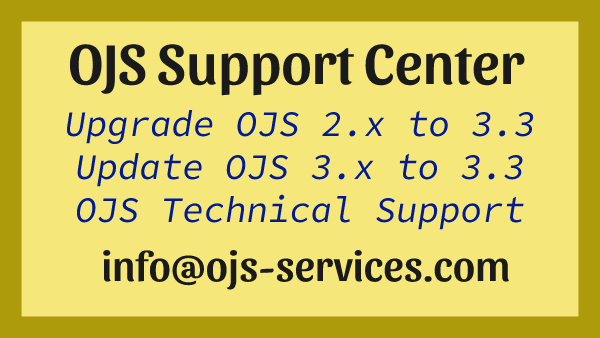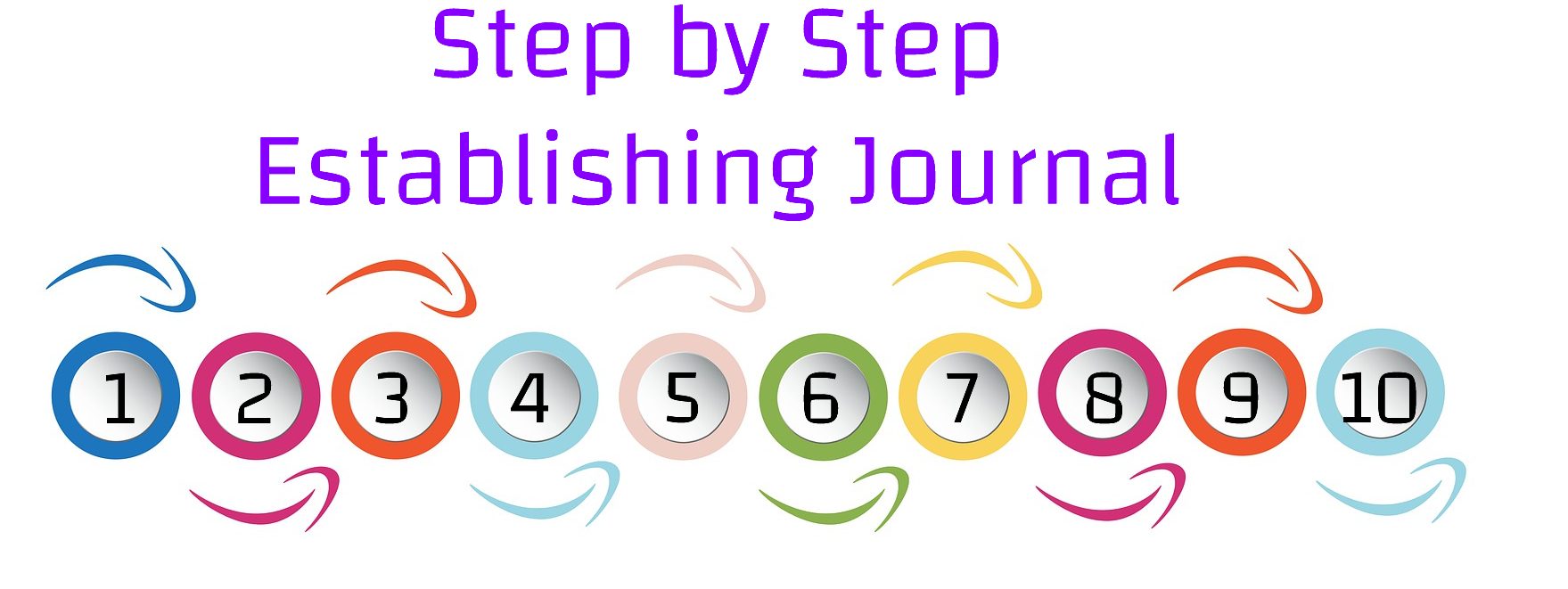One of the most significant indexes for open access journals is the Directory of Open Access Journals (DOAJ). DOAJ is recognized by other indexing organizations, meaning that a journal listed in DOAJ gains an advantage when applying to other indexes as well. This is because the DOAJ application process evaluates journals on various aspects such as licensing information, copyright, open access policies, and archiving policies. Consequently, the preparations made for a DOAJ application will enhance the quality of the journal, ensuring that the information presented is accurate, sufficient, and transparent. Even if you do not plan to apply to DOAJ, being able to answer the following questions and having the necessary information available on your website will always benefit your journal and enhance its international reputation.
At OJS Services, we provide services to hundreds of journals, considering the criteria below when setting up and guiding journal managers/editors. To take your journal a step further, ensure you meet the following criteria and apply for DOAJ when you are ready.
When applying to DOAJ, be prepared to answer the following questions:
- Does the journal adhere to DOAJ’s definition of open access? Yes/No
- The journal website must display its open access statement. Where can we find this information? (URL)
- When did the journal start publishing all content using an open license? (Year)
- Journal title: _______
- Alternative title (including translation of the title): _______
- Link to the journal’s homepage: (URL)
- ISSN (print): _______
- ISSN (online): _______
- Up to 6 subject keywords in English: _______
- Languages in which the journal accepts manuscripts: _______
- Publisher’s name: _______
- Publisher’s country: _______
- License(s) permitted by the journal: (CC BY, CC BY-SA, CC BY-ND, CC BY-NC, CC BY-NC-SA, CC BY-NC-ND, CC0, Public domain, Publisher’s own license.)
- Where can we find this information? (URL)
- Does the journal embed and/or display licensing information in its articles? Yes/No
- For all the licenses you have indicated above, do authors retain the copyright and full publishing rights without restrictions? Yes/No
- DOAJ only accepts peer-reviewed journals. Which type(s) of peer review does this journal use? (Editorial review, Peer review, Anonymous peer review, Double anonymous peer review, Post-publication peer review, Open peer review, Other.)
- Where can we find this information? (URL)
- Does the journal routinely screen article submissions for plagiarism? Yes/No
- Where can we find this information? (URL)
- Link to the journal’s Aims & Scope: (URL)
- Link to the journal’s Editorial Board: (URL)
- Link to the journal’s Instructions for Authors : (URL)
- Average number of weeks between article submission and publication:_______
- Does the journal charge fees for publishing an article (APCs)? Yes/No
- Where can we find this information? (URL)
- Does the journal provide a waiver or discount on publication fees for authors? Yes/No
- Where can we find this information? (URL)
- Does the journal charge any other fees to authors? Yes/No
- Where can we find this information? (URL)
- Long-term preservation service(s) where the journal is currently archived: (CINES, CLOCKSS, LOCKSS, Internet Archive, PKP PN, PubMed Central (PMC), Portico, A national library, Other, The journal content isn’t archived with a long-term preservation service)
- Where can we find this information? (URL)
- Does the journal have a policy allowing authors to deposit versions of their work in an institutional or other repository of their choice? Where is this policy recorded? (Diadorim, Dulcinea, Mir@bel, Sherpa/Romeo, Other (including publisher’s own site), The journal has no repository policy)
- Persistent article identifiers used by the journal: (DOIs, ARKs, Handles, PURLs, Other, The journal does not use persistent article identifiers)
- Does the journal allow for ORCID IDs to be present in article metadata? Yes/No
- Does the journal comply with I4OC standards for open citations? Yes/No
Essential Pages for Your Journal’s Website Before Applying to DOAJ
(It is recommended that each of these pages be separate. Entering the URL for each page individually during the application will facilitate the evaluation process.)
- Open Access Statement: The journal website must display its open access statement. Where can we find this information? (Open Access Policy)
- License Information: Where can we find this information? (License Information)
- Copyright Plicy: Where can we find this information? (Authors Retain Copyright)
- Peer Review Process: Where can we find this information? (Peer Review Process)
- Plagiarism Policy: Where can we find this information? (Plagiarism Screening Policy)
- Aims & Scope: Link to the journal’s Aims & Scope (Aims & Scope)
- Editorial Board: Link to the journal’s Editorial Board (Editorial Board)
- Instructions for Authors: Link to the journal’s Instructions for Authors (Instructions for Authors)
- APC Policy: Where can we find this information? (APC Policy)
- Archiving Policy: Where can we find this information? (Archiving Policy)
- Policy for Depositing Articles in Repositories: Where is this policy recorded? (Policy for Depositing Articles in Repositories)
Read: Key Considerations Before Submitting Your Journal to DOAJ Index



Comments are closed